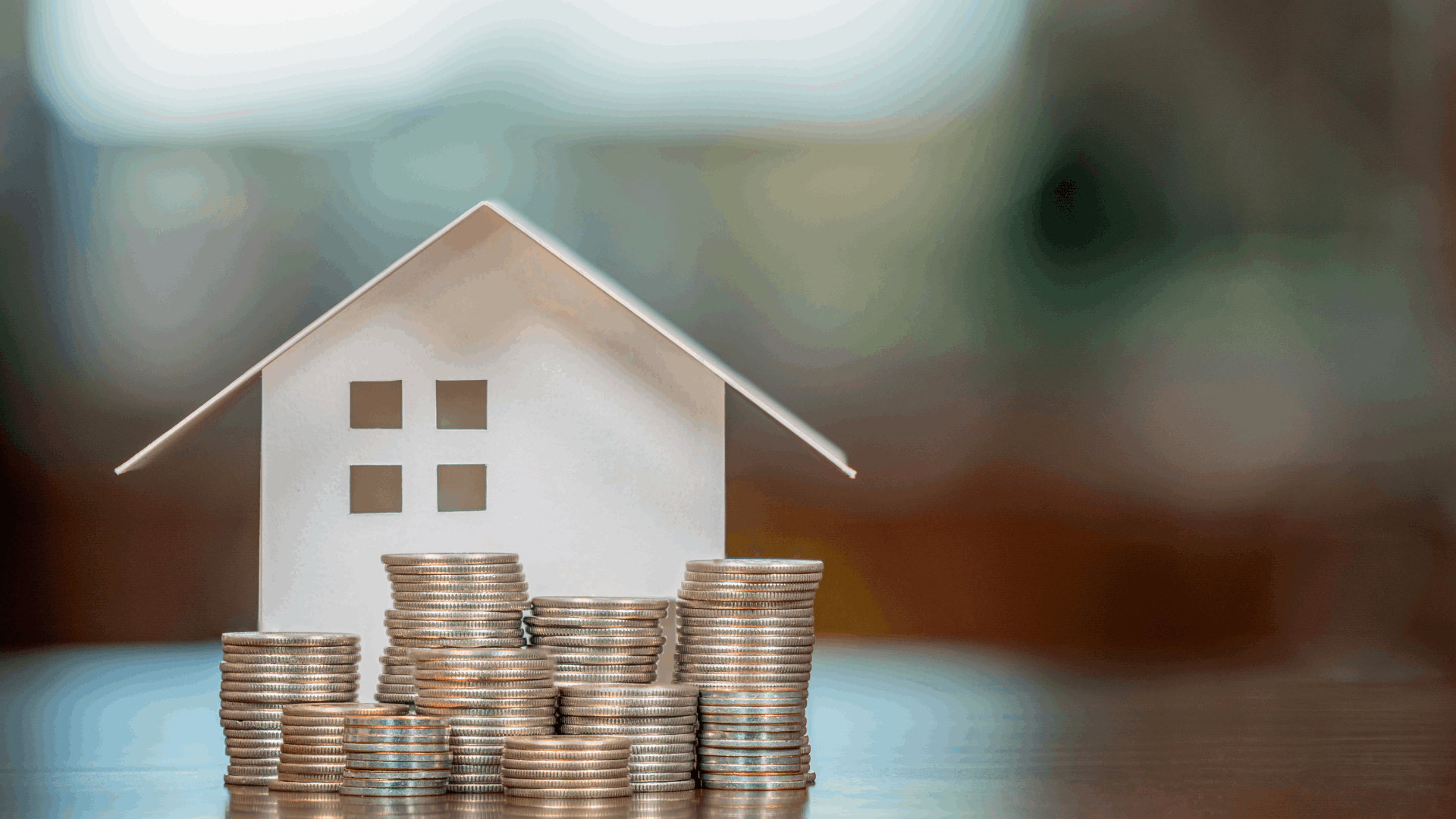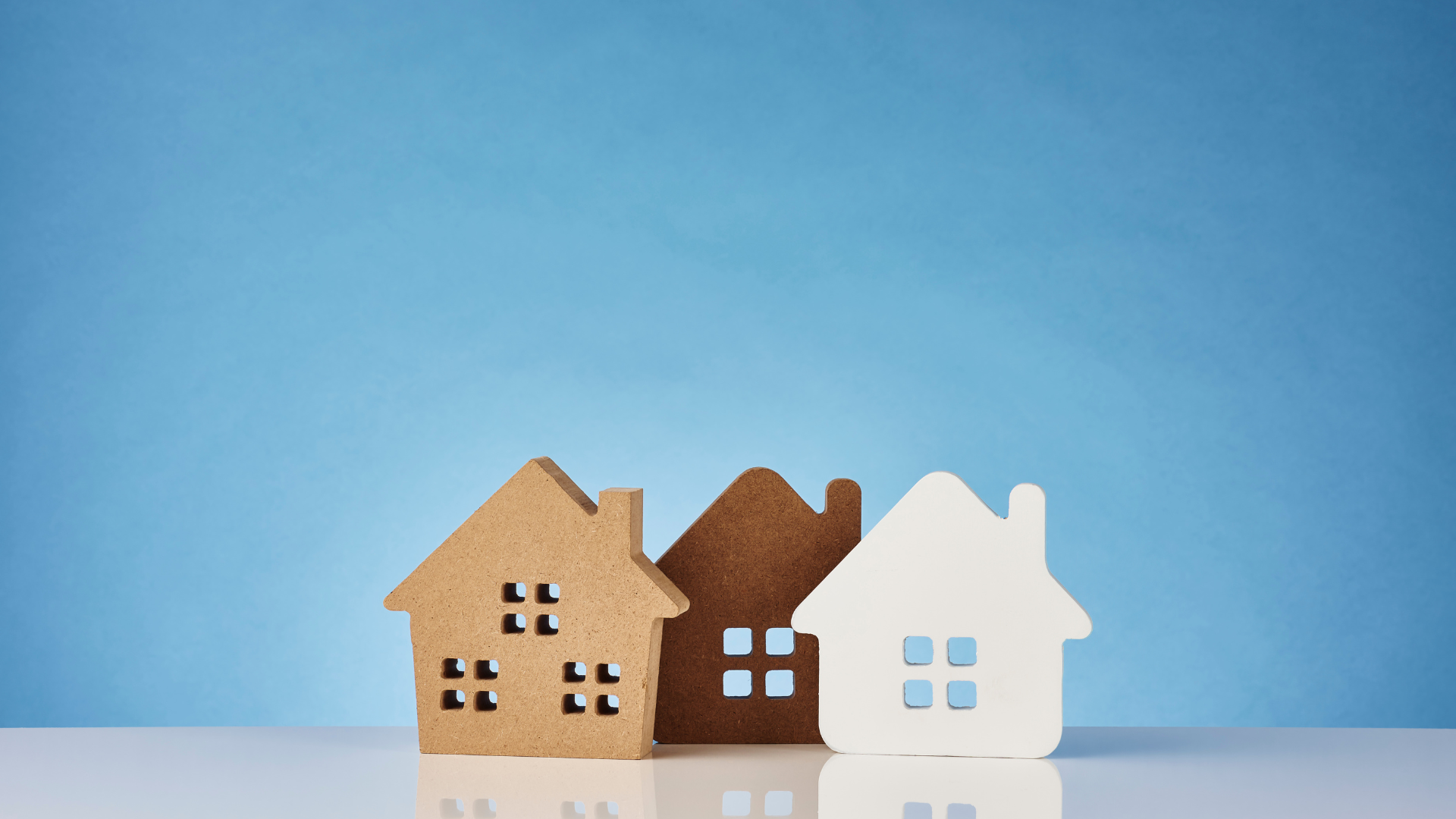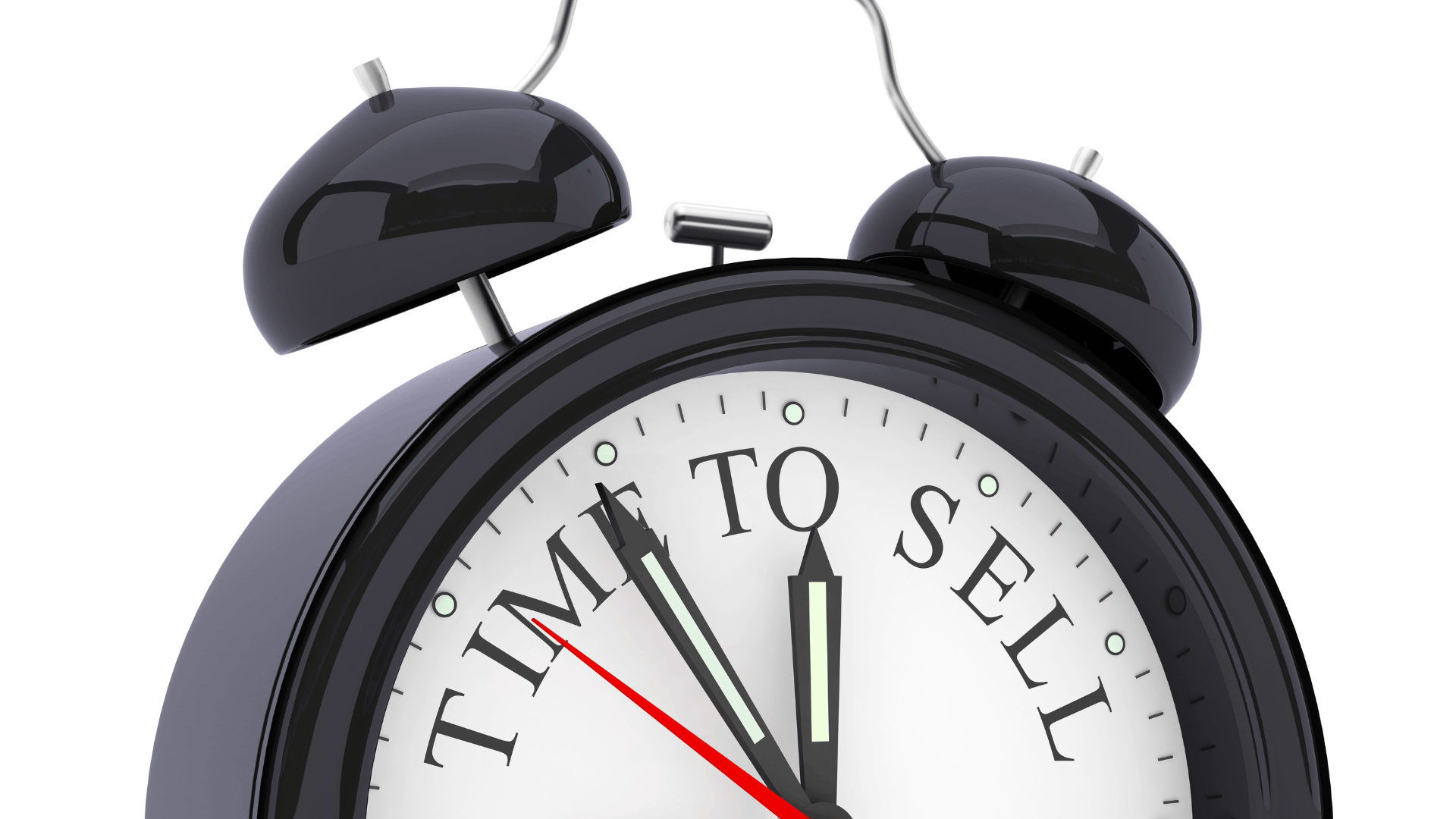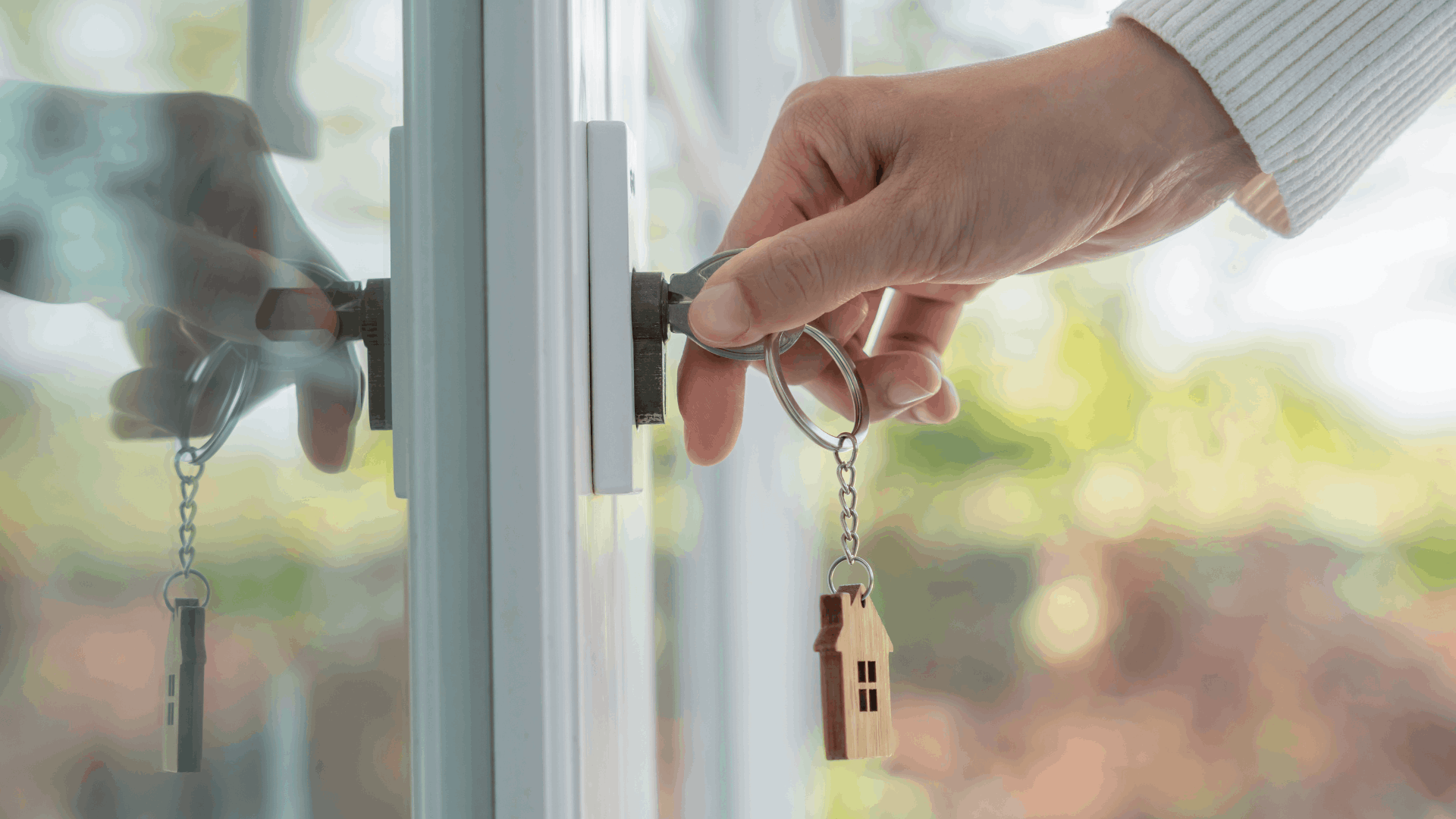
How Home Equity Can Help You Buy Your Next Home in Cash
One of the greatest financial benefits of homeownership is building equity in your property. Today, homeowners across the country are enjoying record-high equity levels, and this wealth can transform your next move. Here’s how home equity can be a game changer and why it might shift your mindse

Trouble Selling Your Home? Here’s What to Do
Selling your house should ideally be a smooth process: a quick sale, a great price, and minimal stress. However, even in today’s competitive market, where buyers often outnumber available homes, certain challenges can keep your house from selling. In fact, a 2024 report from Zillow shows that 1

Why Only an Expert Agent Can Accurately Value Your Home
In an era dominated by technology, it’s easy to turn to online tools for answers to just about everything—including determining your home’s value. However, these automated estimates often fall short, missing the key nuances that truly determine your home’s market worth. Before you put your hous
Categories
Recent Posts










